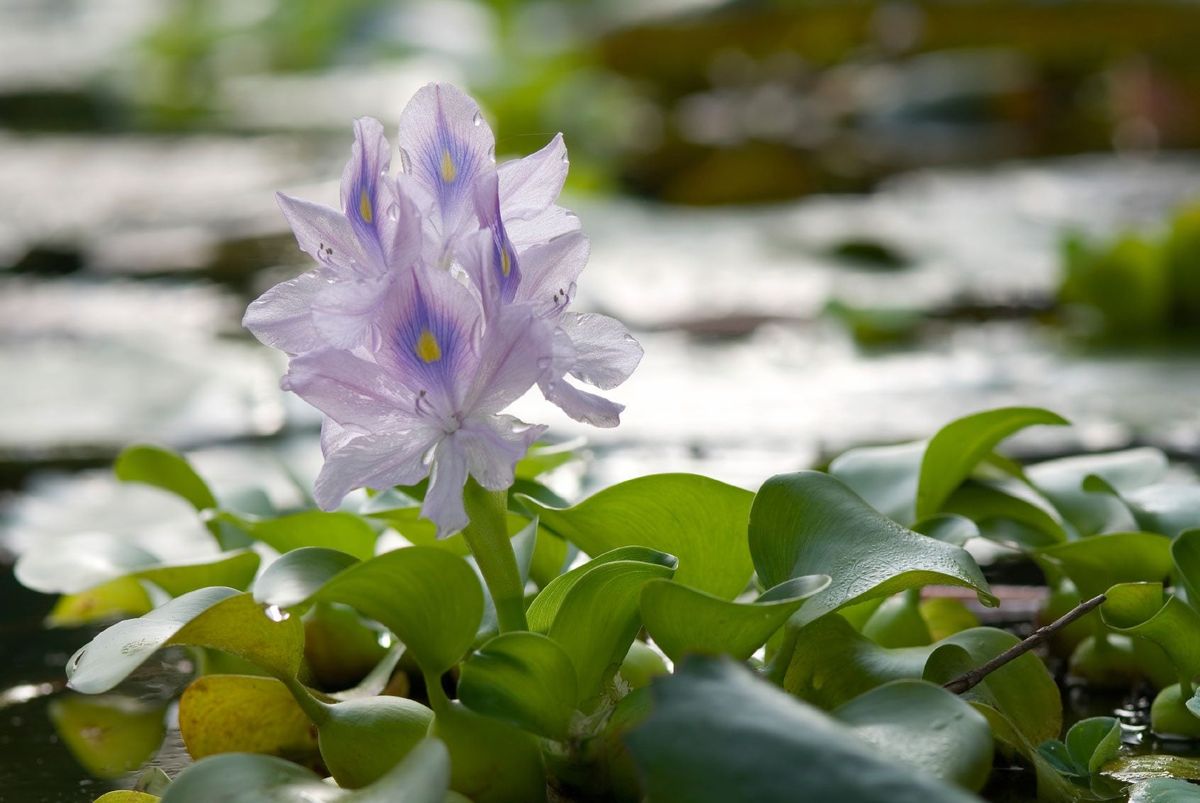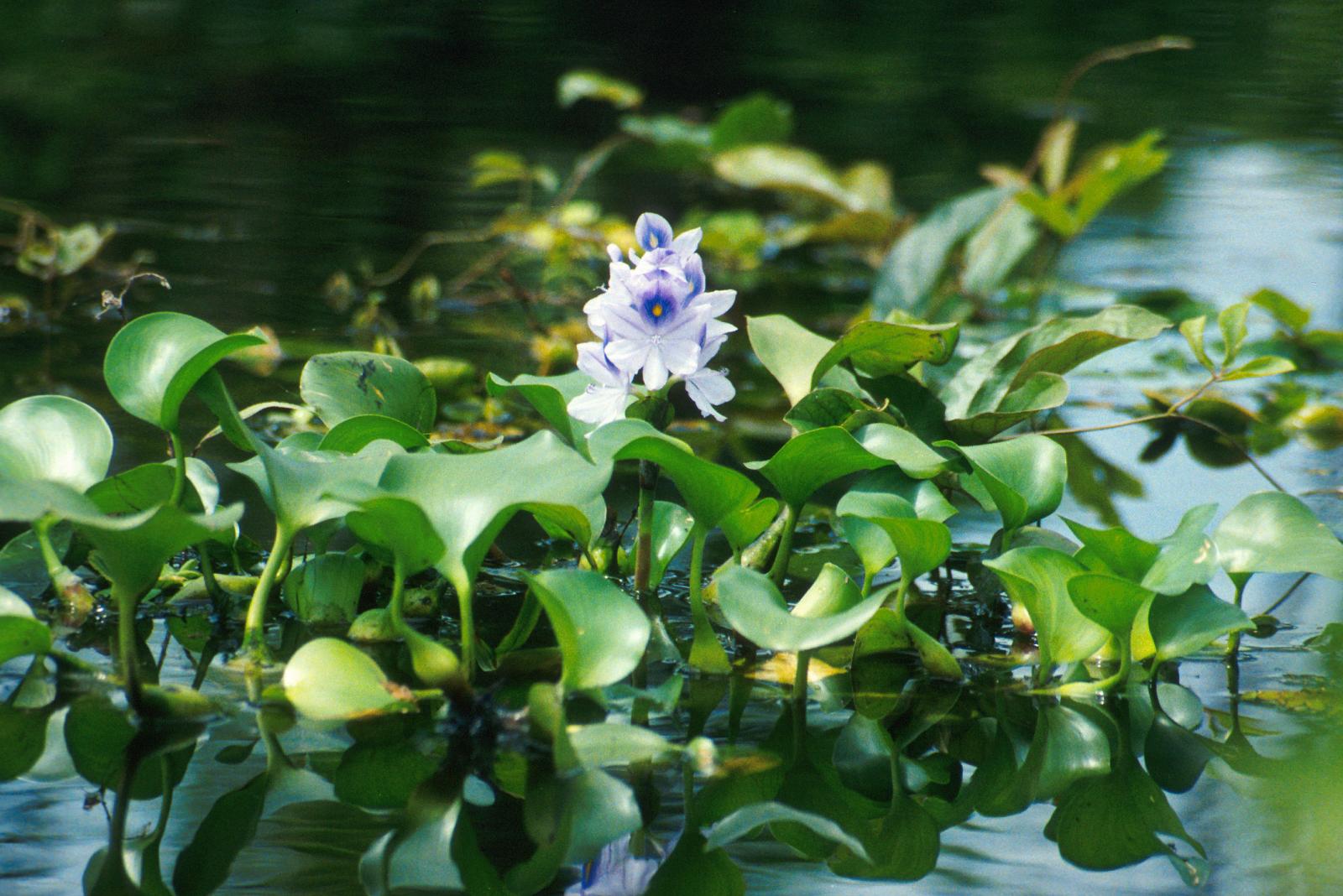Water Hyacinth: A Beautiful but Invasive Aquatic Plant
Water hyacinth (Eichhornia crassipes) is a beautiful aquatic plant with vibrant purple flowers. Native to South America, it has been introduced to many other parts of the world, often as an ornamental plant. While it can be a lovely addition to ponds and water gardens, it can also become a highly invasive species.
Characteristics of Water Hyacinth

Water hyacinth is a floating plant with thick, spongy roots that enable it to survive in various water conditions. It has long, oval-shaped leaves that are covered in tiny hairs, which help to repel water. The plant’s flowers are typically purple, but they can also be white or blue.
Benefits of Water Hyacinth
Despite its invasive nature, water hyacinth can have several benefits. It can help to improve water quality by absorbing pollutants such as heavy metals and excess nutrients. It can also provide habitat for fish and other aquatic animals. Additionally, water hyacinth can be used as a source of biomass for fuel and fertilizer.

Invasive Nature of Water Hyacinth
While water hyacinth can be beneficial in certain situations, it can also become a significant problem. The plant reproduces rapidly and can form dense mats that cover large areas of water. These mats can block sunlight from reaching aquatic plants, reduce oxygen levels in the water, and interfere with navigation and irrigation.
Controlling Water Hyacinth

There are several methods that can be used to control water hyacinth. These include:
Mechanical removal: This involves physically removing the plants from the water.
Conclusion
Water hyacinth is a beautiful but invasive aquatic plant. While it can have some benefits, it can also cause significant problems. Effective management strategies are essential to prevent water hyacinth from becoming a nuisance. By understanding the characteristics, benefits, and risks associated with this plant, we can take steps to protect our waterways and maintain their ecological balance.
FAQs
1. What are the main characteristics of water hyacinth?
Water hyacinth is a floating plant with thick, spongy roots, long oval-shaped leaves, and purple flowers.
2. Can water hyacinth be beneficial?
Yes, water hyacinth can improve water quality, provide habitat for aquatic animals, and be used for biomass.
3. How does water hyacinth become invasive?
Water hyacinth reproduces rapidly and can form dense mats that cover large areas of water.
4. What are some methods for controlling water hyacinth?
Mechanical removal, herbicides, biological control, and integrated management can be used to control water hyacinth.